Alexandra Waldherr
Getting Started with Machine Learning
#1about 3 minutes
The origins and evolution of machine learning
Machine learning evolved from modeling brain cells to powerful algorithms with the invention of backpropagation, large datasets like ImageNet, and the use of GPUs.
#2about 2 minutes
Core concepts of machine learning models
Machine learning is a subset of AI that uses statistics to find patterns, employing models like regression for numerical prediction and classification for assigning categories.
#3about 7 minutes
Building a model to predict CO2 emissions
A live coding demo shows how to use Pandas and Scikit-learn to train a random forest regressor on a Kaggle dataset for predicting vehicle CO2 emissions.
#4about 1 minute
Supervised, unsupervised, and reinforcement learning explained
The three main types of machine learning are explained, with reinforcement learning compared to getting a driver's license through environmental feedback.
#5about 3 minutes
Understanding deep neural networks and their challenges
Deep neural networks model the brain with layers and activation functions to handle complex data, but face challenges like overfitting, underfitting, and data bias.
#6about 5 minutes
Classifying images with noisy data using FastAI
This demo uses the FastAI framework to build an image classifier, demonstrating how to handle noisy data from web scrapes and interpret a confusion matrix.
#7about 1 minute
A look at advanced neural network architectures
An overview of specialized architectures includes Recurrent Neural Networks (RNNs) for sequential data, Transformers for language, and Autoencoders for data compression.
#8about 2 minutes
Applying machine learning in the automotive industry
Machine learning is used in the automotive sector for image segmentation in autonomous driving, predictive maintenance, and processing various sensor data.
#9about 2 minutes
The future of ML in quantum computing and biology
Exciting new applications for machine learning include optimizing quantum circuits with TensorFlow Quantum and predicting protein structures with AlphaFold.
#10about 5 minutes
Q&A on model reliability and explainable AI
The discussion addresses how to provide guarantees for model performance in the real world and the critical need for explainable AI to understand model failures.
#11about 9 minutes
Q&A on data, privacy, and model selection
This Q&A covers strategies for collecting diverse datasets, the impact of privacy regulations like GDPR, and how to choose the right model for a given task.
Related jobs
Jobs that call for the skills explored in this talk.
Matching moments

46:29 MIN
Q&A on starting a career in machine learning
Making neural networks portable with ONNX
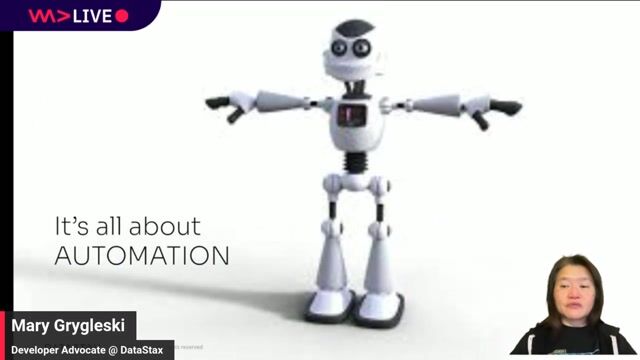
06:31 MIN
Understanding AI, machine learning, and deep learning
Enter the Brave New World of GenAI with Vector Search
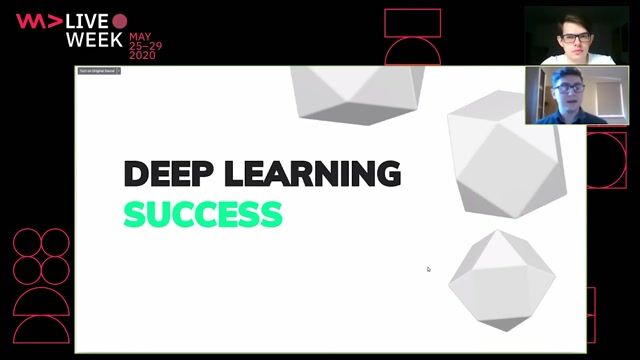
03:53 MIN
Highlighting successful applications of deep learning
The pitfalls of Deep Learning - When Neural Networks are not the solution
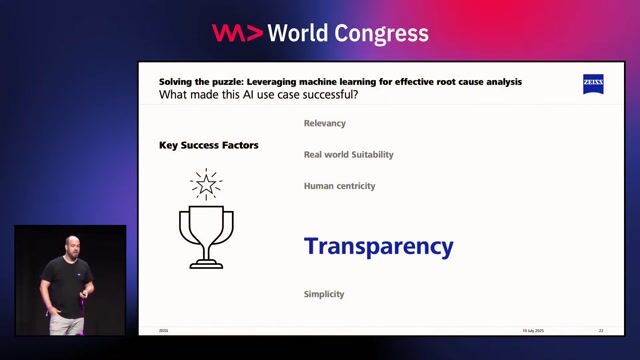
23:35 MIN
Empowering engineers with accessible machine learning tools
Solving the puzzle: Leveraging machine learning for effective root cause analysis
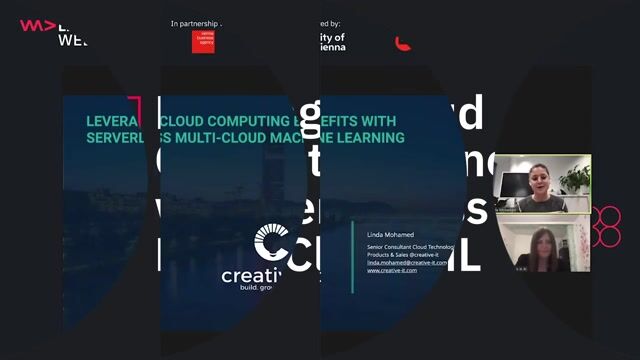
00:17 MIN
Defining AI, machine learning, and data science
Leverage Cloud Computing Benefits with Serverless Multi-Cloud ML

12:30 MIN
How junior developers will learn in an AI-driven world
The Future of Developer Experience with GenAI: Driving Engineering Excellence

19:50 MIN
Your call to action to become an AI front runner
AI or KO: Is HR ever going to use intelligent technology?

24:35 MIN
Key takeaways from the machine learning journey
Mastering Image Classification: A Journey with Cakes
Featured Partners
Related Videos
 57:46
57:46Overview of Machine Learning in Python
Adrian Schmitt
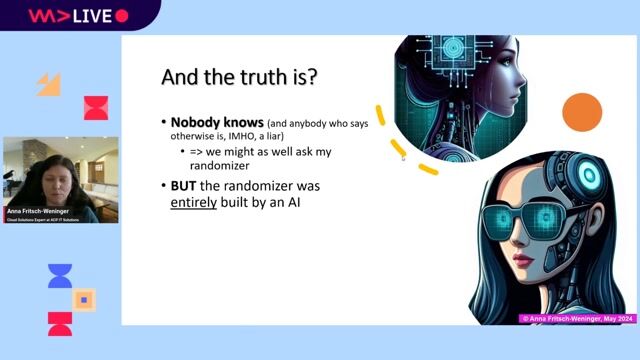 58:06
58:06From Syntax to Singularity: AI’s Impact on Developer Roles
Anna Fritsch-Weninger
 26:55
26:55How Machine Learning is turning the Automotive Industry upside down
Jan Zawadzki
 27:23
27:23From ML to LLM: On-device AI in the Browser
Nico Martin
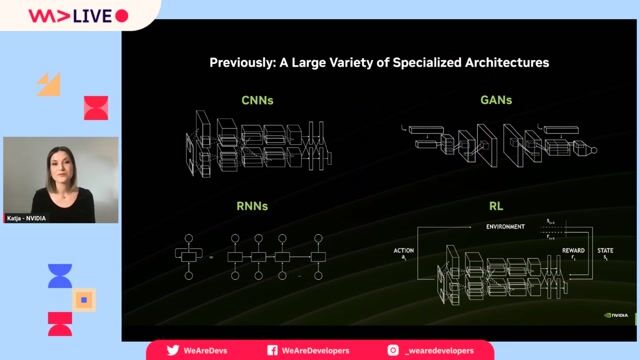 56:55
56:55Multimodal Generative AI Demystified
Ekaterina Sirazitdinova
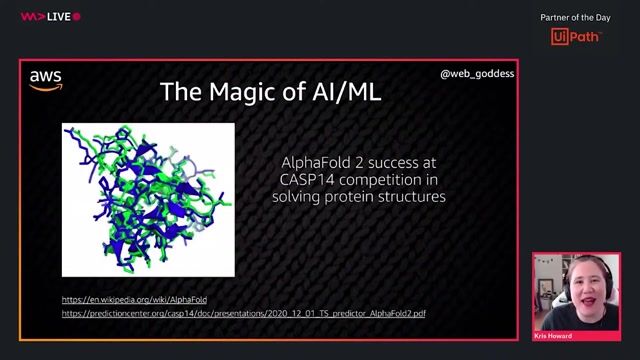 49:45
49:45Machine Learning for Software Developers (and Knitters)
Kris Howard
 26:25
26:25Machine learning 101: Where to begin?
Lutske De Leeuw
 56:46
56:46A beginner’s guide to modern natural language processing
Jodie Burchell
From learning to earning
Jobs that call for the skills explored in this talk.




AIML -Machine Learning Research, DMLI
Apple
Python
PyTorch
TensorFlow
Machine Learning
Natural Language Processing



Machine Learning & Data Engineer - AI for Autonomous Systems
RIB Deutschland GmbH
Python
Machine Learning

